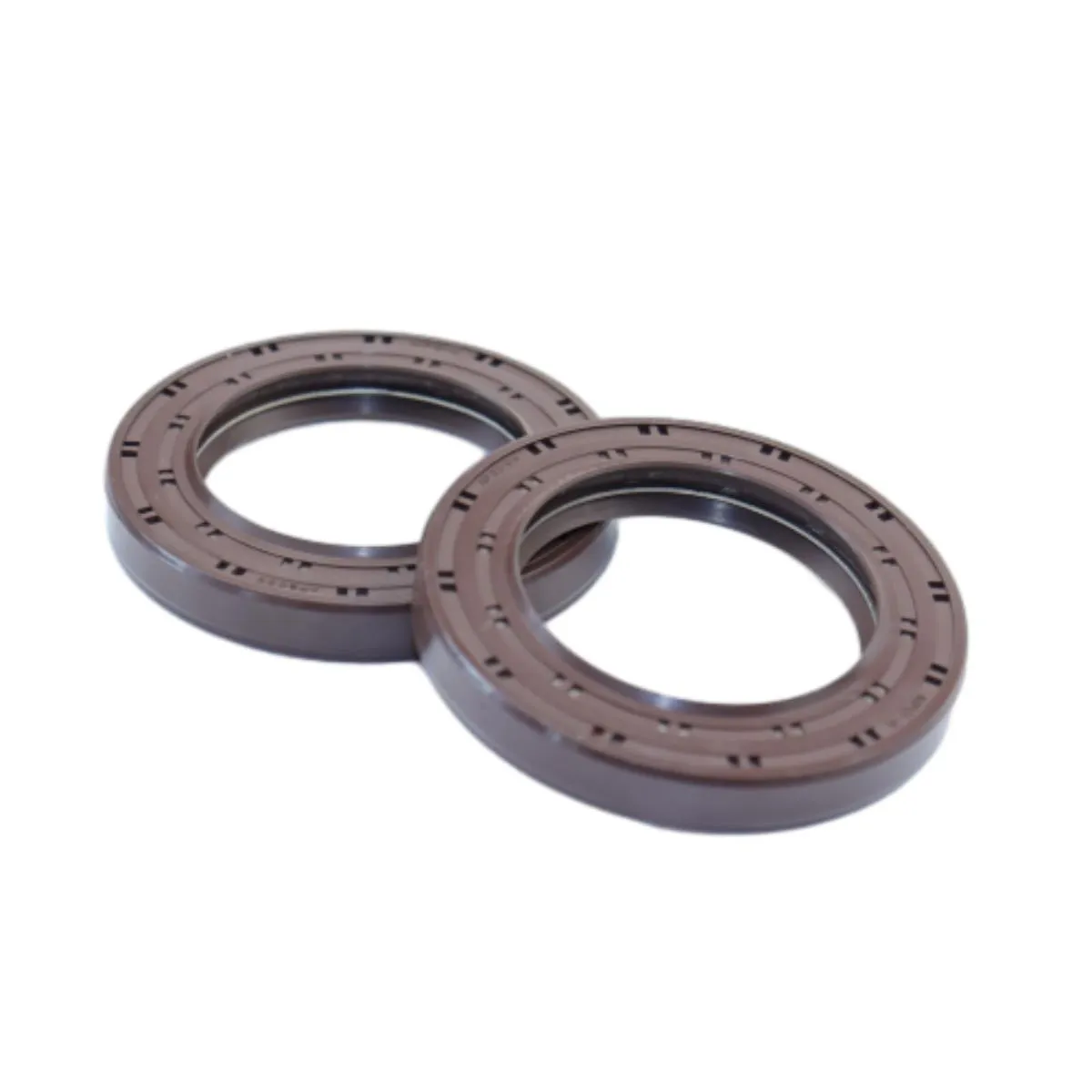Nov . 21, 2024 07:35 Back to list
hydraulic motor seal kit
Understanding Hydraulic Motor Seal Kits A Comprehensive Guide
Hydraulic systems are integral to various industrial applications, providing power and precision in machinery operations. At the heart of these systems are hydraulic motors, which convert hydraulic energy into mechanical energy. However, the efficiency and longevity of these motors heavily rely on one critical component—the seal kit. This article delves into the importance of hydraulic motor seal kits, their composition, and how to maintain them effectively to ensure optimal performance.
What is a Hydraulic Motor Seal Kit?
A hydraulic motor seal kit is a collection of sealing components specifically designed for hydraulic motors. These kits are crucial because they help prevent fluid leaks, which can compromise the motor’s efficiency and lead to costly downtime. A typical seal kit includes various types of seals, O-rings, gaskets, and sometimes backup rings, all crafted from durable materials suited for the hydraulic fluid involved.
Importance of Seal Kits in Hydraulic Motors
1. Leak Prevention The primary function of seal kits is to prevent hydraulic fluid from leaking out of the motor. Leaks can lead to loss of pressure, which directly affects the machinery's performance. By ensuring a tight seal, these kits help maintain the efficiency of hydraulic systems.
2. Contaminant Protection Seal kits also serve to protect the internal components of the hydraulic motor from contaminants. Dirt, dust, and moisture can enter through gaps, leading to wear and tear, corrosion, and ultimately, failure of the motor.
3. Operational Efficiency Maintaining proper sealing minimizes energy losses and enhances the overall efficiency of the hydraulic system. This efficiency translates into cost savings through reduced energy consumption and lower maintenance costs.
4. Extended Lifespan With effective sealing, hydraulic motors can operate smoothly for longer periods, reducing the frequency of repairs and replacements. This durability is essential in high-demand industrial environments where reliability is a key factor.
Components of a Hydraulic Motor Seal Kit
The composition of a hydraulic motor seal kit varies depending on the specific application and the type of hydraulic motor. However, the most common components include
- O-Rings These circular seals provide reliable sealing between stationary and dynamic surfaces, preventing leaks in both static and dynamic applications.
hydraulic motor seal kit

- U-Cups Typically used in rod and piston seals, U-cups can effectively hold hydraulic pressure and minimize friction between moving parts.
- Backup Rings Often used in conjunction with O-rings and U-cups, backup rings help prevent extrusion of the primary seals under pressure, enhancing their longevity.
- Gaskets These flat seals fill the space between two or more surfaces to prevent leakage, especially in areas where components are bolted together.
Maintenance Tips for Hydraulic Motor Seal Kits
To ensure the longevity and reliability of hydraulic motor seal kits, it’s essential to implement a maintenance routine
1. Regular Inspections Periodically inspect hydraulic systems for signs of wear, leaks, or contaminants. Early detection can prevent more extensive damage and costly repairs.
2. Fluid Quality Use the appropriate hydraulic fluid and ensure it is free from contaminants. Dirty or unsuitable fluid can degrade seals, leading to premature failure.
3. Temperature Control Hydraulic fluids can experience significant temperature fluctuations. Ensure that the seal materials are rated for the operating temperature range to prevent degradation.
4. Proper Installation When replacing seal kits, ensure that the installation is performed correctly. Follow manufacturer guidelines to avoid damaging the seals during installation.
5. Environment Management Implement measures to protect hydraulic motors from excessive dirt, moisture, and other environmental factors that can compromise seal integrity.
Conclusion
Hydraulic motor seal kits are vital to the efficient operation of hydraulic systems. By understanding their components and significance, and by implementing effective maintenance practices, operators can enhance the reliability and performance of their machinery. Investing in high-quality seal kits and prioritizing regular inspections will pay off in reduced downtime and extended equipment life, making it a wise choice for any industry reliant on hydraulic operations.
-
TCN Oil Seal Metal Ring Reinforcement for Heavy Machinery
NewsJul.25,2025
-
Rotary Lip Seal Spring-Loaded Design for High-Speed Applications
NewsJul.25,2025
-
Hydraulic Cylinder Seals Polyurethane Material for High-Impact Jobs
NewsJul.25,2025
-
High Pressure Oil Seal Polyurethane Coating Wear Resistance
NewsJul.25,2025
-
Dust Proof Seal Double Lip Design for Construction Equipment
NewsJul.25,2025
-
Hub Seal Polyurethane Wear Resistance in Agricultural Vehicles
NewsJul.25,2025
-
The Trans-formative Journey of Wheel Hub Oil Seals
NewsJun.06,2025
Products categories
















